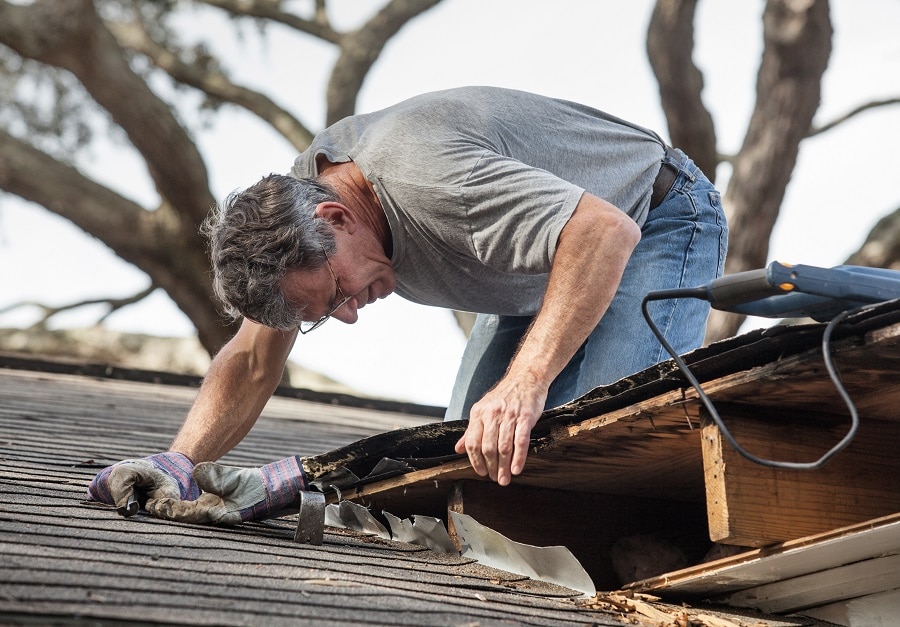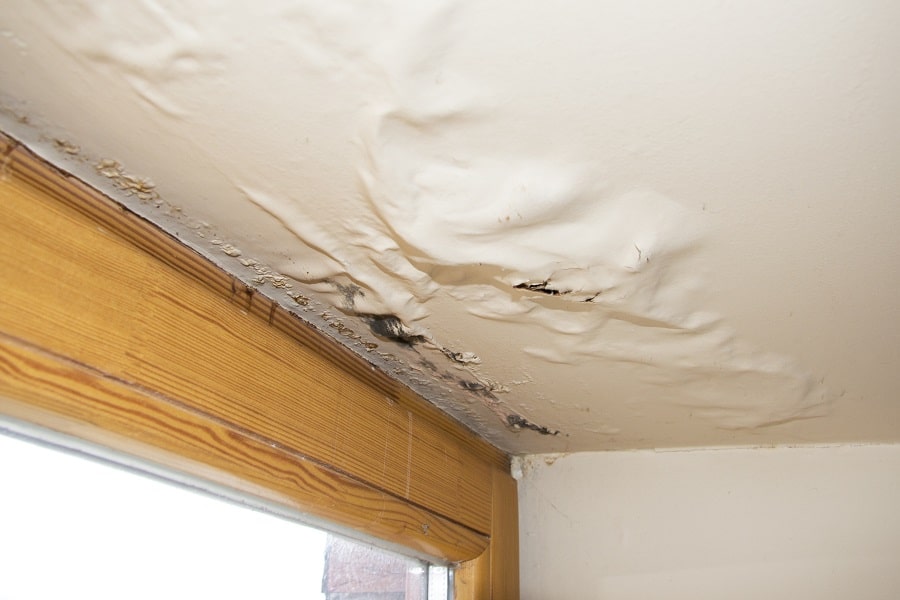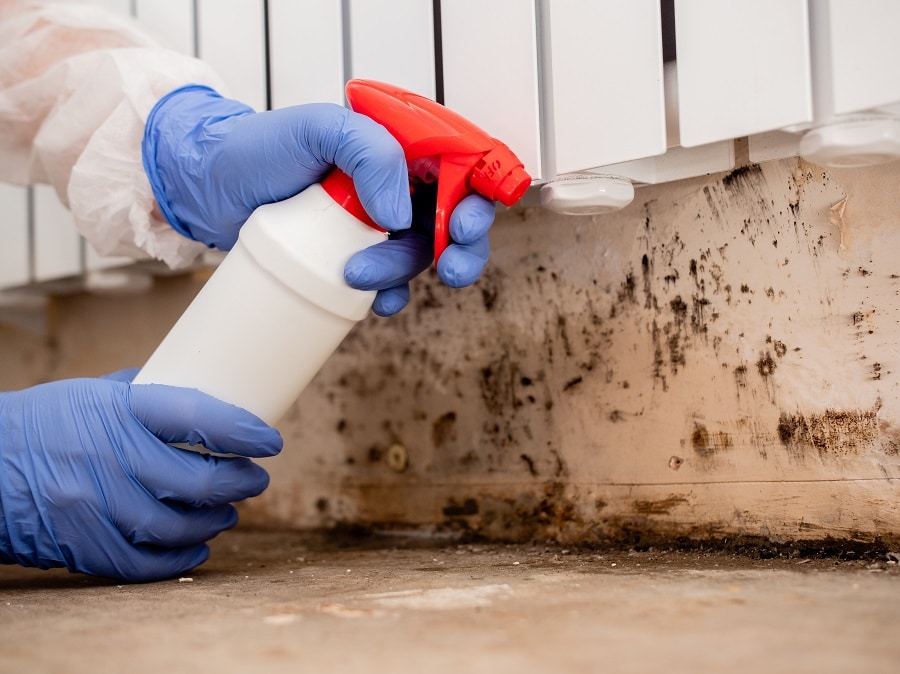Timber decay within buildings of any age is often caused by rot. Wood rot comes in two predominant forms: wet and dry rot, and they both occur as a result of fungal decay in building timbers.
What is Wet Rot?
Wet rot is a type of parasite which grows in wet timber. It alters the structure of the timber, causing swelling and separating its fibres, which leads to crumbling and loss of strength in the structure. Wet rot causes wood decay and loss of structural integrity, making the timber disintegrate. Incessant contact with sources of moisture is the primary cause of wet rot in structural wood. This exposure could be in the form of penetrating damp from the ‘wet’ side of the building or faulty plumbing. Wet rot is fungi that can spread and inflict damage on neighbouring timbers.
Our Guarantee
- upto 30 year guarantee
- customer focused team
- 20 years combined experience
- portfolio of satified customers
- attention to detail
- Construction line accreditation
- public liability insurance
- CHAS accreditation
What is the Difference Between Dry Rot and Wet Rot?
Dry rot causes more and faster damage to structural timber as it spreads and consumes structural wood within a property. Wet rot, while occurring more often, causes less harm; the waterlogged areas on the timber suffer virtually all the damage. When fungi are absent, dry and wet rot can be differentiated by considering the difference in timber colour and the extent of damage noticed on the timber according to the progression of either type.
What causes Wet Rot?
Certain environmental conditions influence the emergence of wet rot spores. The major cause of wet rot is moist timber. Moisture plays a major role in the appearance and progression of wet rot. As a result, signs of decay become visible on the timber.
The Dangers of Wet Rot in Petworth
Wet rot is a devastating problem. It can destroy your home and ruin its value. Wet rot in the home must be addressed immediately, otherwise, you run the risk of it spreading and infecting the rest of your home. Recent surveys of 2,038 London homeowners asked whether they experienced wet rot, where the rot had taken hold and whether they were able to stop it recurring in the future.
The results were shocking – more than 20% of homeowners experienced wet rot in some form. Wet rot destroys timber flooring and can make the building structurally unsafe. In addition to provoking costly repair work, wet rot can drag down your property value, and insurance companies typically shy away from offering policies to houses experiencing moisture ingress or damp build-up.

What are the Warning Signs of Wet Rot?
The progression of the fungus from its appearance to become a pervasive issue depends on the moisture it is exposed to. Common signs include a malfunctioning central heating boiler, musty smell, peeling wallpaper, and cookers not working properly. Some of the common areas where wet rot can be found include roof spaces and attics, underneath the kitchen sink, and along the external walls. It commonly affects older houses which have been built with timber frames and not modern timber species such as Sapele or Meranti. Timber below ground level and as high as the one-floor level are also vulnerable to wet rot. Being able to identify wet or dry rot is a big part of managing its growth. A damp survey is on the cards if you believe your home has been infested.
Call Our Sussex Damp Experts team now for quote, consultation and advice:
Call on 01273 257 765.
How and When Should I Look for Wood Rot?
You should comb your home annually to look out for signs of wood rot and damp. The pre-winter weatherproofing period is an excellent time to get this done. You’ll need a screwdriver with a long handle and a decent flashlight.
If your building has one, check the siding below and around the windows for any sign of swelling or discolouration in the wood. Since paint can hide wood rot and to ensure that it is solid, poke the siding with the screwdriver. A spongy feeling in the wood is usually an indicator that you have wood rot. Use a decent flashlight to inspect the attic for discoloured wood. Perform the screwdriver test if you find any that matches this description. Ensure you check the underside of the roof decking, in the joints where the wood members connect at the top of the roof, and at the edges of the attic where the rafters slope down to form the eaves, are prime spots in the attic for wood rot.
With the flashlight search for discolouration around the border wood plate that sits on top of your concrete basement wall, scrutinize the wood members. Inspect any discoloured areas using the screwdriver. Examine the walls and floors to detect discolouration under the sink or water leaks around baths, tubs, and the water heater.
How do we identify wet rot?
Unfortunately, detecting wet rot is not an exact science, wet rot can affect timber in several distinct ways. If a knife pushed into painted timber goes in right up to its handle, that’s a certain indication of rot. Our professional damp-proofing team has the training and experience to search for the following:
- Localised fungal growth on timber
- The soft, spongy feel of timber; the affected area appears darker than the surrounding timber.
- The soft and spongy texture of rotting timber; the affected region often looks darker than the other parts.
- That spongy, soft feel timber gets when affected by wet rot; the affected parts are darker than the other areas.
- The spongy, soft texture of rotten timber; the infested area is darker than the other parts.
- The springy feeling that is an indicator of wet rot; the affected area is often darker than others around it.
- Crumbling of affected dry timber into particles.
- Dry timber crumbling into particles.
- The crumbling of infested timber into dry particles.
- Dried-out timber disintegrating into particles.
- The disintegration of rot-eaten timber into particles.
- Shrinking timber
- Bleaching wood in window and door frames
- Flaky or damaged paint
- A musty, damp smell
What to Do After You Detect Wet Rot?
It’s important to get a damp expert to tackle wet rot and cut off the source of moisture; this helps prevent recurring issues. For further information about treating wet rot, call us on 01273 257 765 and let Sussex Damp Experts help.
Wet Rot and Damp Proofing in Petworth

If you are looking for professional wet rot treatment and damp proofing services in Petworth, we are here for you. Call us immediately you spot any indication of damp or wet rot in timber around the house. By helping you fix the problem, you can save money on expensive repairs and also minimise the health risks attached to letting the decay progress unimpeded. Our expert damp proofers will take the cause of the problem into account and proffer possible solutions to resolve it permanently.
Timber damp proofing is a deliberate attempt to protect the timber from moisture damage which could lead to decay. There are only ever two ways to properly safeguard your timber from the elements.
Surface treatments are not reliable; they always fail and end up intensifying the issue. The only answer is to cover the entire surface with a membrane or treating/replacing the timber. Call 01273 257 765 today to speak to one of our experts concerning wet rot treatment in your building.
Wet Rot Treatment Specialists in Petworth
With 20 years experience tackling wet rot in Petworth, we are leading specialists offering free, no-commitment cost estimates and site surveys to a wide range of property owners. Our wet rot experts will examine your property and come up with solutions to cut off the source of moisture ingress. Our team of experts employ advanced techniques to curb the spread of different types of wet rot in properties.
Wet Rot Treatment in Petworth
Wet rot commonly attacks areas that remain damp due to constant exposure to moisture. However, we don’t just deal with the affected area alone during treatment, we consider the source as well. We find out where the water is meeting the wood and prevent the damp from recurring in the future, this ensures we put a stop to any reappearance/re-occurrence of timber rot in your property. To get a lasting solution, only seasoned professionals should be responsible for wet rot treatment. Delay in treatment results in pricey repair work down the line. It is advisable to contact professionals like Sussex Damp Experts when you identify any sign of damp or wet rot development in your building.

We have the skills to get rid of wet rot. Sussex Damp Experts can help you save your timber, we quickly investigate the source of the humidity and which areas are under threat of decay. Don’t put it off any longer, call us today on 01273 257 765 or complete and submit the contact form to get started.
Our Wet Rot Treatment Process in Petworth
The damage worsens the more you put off starting the treatment process. If you notice the presence of fungal rot at the early stages, treatment can be narrowed down to a small area. In situations where the rot has advanced across your timber’s breadth, you may need to get replacements for full timber beams or take on major repair work. You must take several steps to treat wet rot. The treatment process begins with an assessment of the source of the problem and eliminating exposure of the timber to moisture. We identify the source of moisture ingress including condensation and broken guttering, and we apply corrective measures to cut them off. Contractors or builders who do not have the required expertise in rot treatment often opt to replace the affected wood. This is usually followed by applying chemical preservatives to the damaged area. This can only fail. If you are having problems with wet rot in your building, contact Sussex Damp Experts today. We can help you eliminate the problem.
What happens to Wet Rot if left untreated?
If you fail to treat wet rot, the structural timber in your property will eventually weaken and, in certain cases, will prove a threat to the safety of residents in the home. When wet rot sets in, the timber loses its strength and will break if you poke it with a sharp object. The long-term result is a loss of structural integrity in the timber, which could eventually lead to your building being condemned. Call Sussex Damp Experts on 01273 257 765 to get your treatment project started today.
What is the cost of Wet Rot Treatment in Petworth?
The effects of rot are devastating for any property. The cost of repairs and damp proofing is based on the type and extent of damage done to the timber, however, don’t be discouraged. We are always willing to provide our wet rot treatment services in Petworth at an affordable cost for all our clients. We advise you on the best course of action to protect your home and your health.
How to prevent wet rot?
To prevent decay, the wood must be kept dry and free of moisture. Wood hardeners for use on timber at risk of being affected by wet rot are also an effective measure. The wood gains strength after the hardener soaks into it. The areas in a building that are most susceptible to damp include window sills and boxes, timbers touching stonework without being subjected to damp proofing treatment such as sealant and fungicide applications.
Talk to Our Wet Rot Treatment Experts Today!
Call 01273 257 765 today to speak to one of our experts concerning wet rot treatment in your building.
FAQ
Is wet rot smelly?
Is Wet Rot Capable of Spreading?
Can Wet Rot Cause Health Problems?
Is there a DIY treatment solution?




